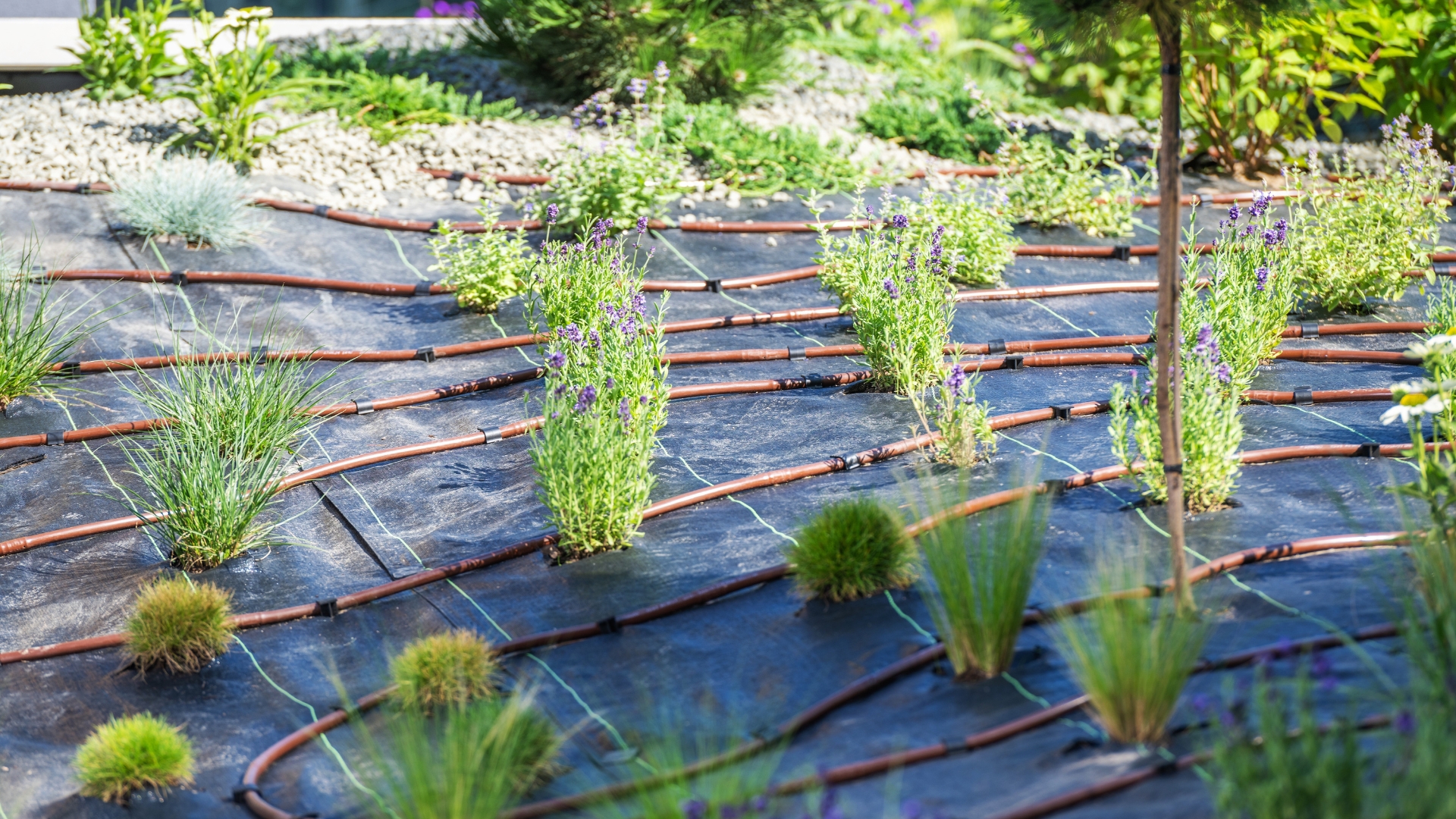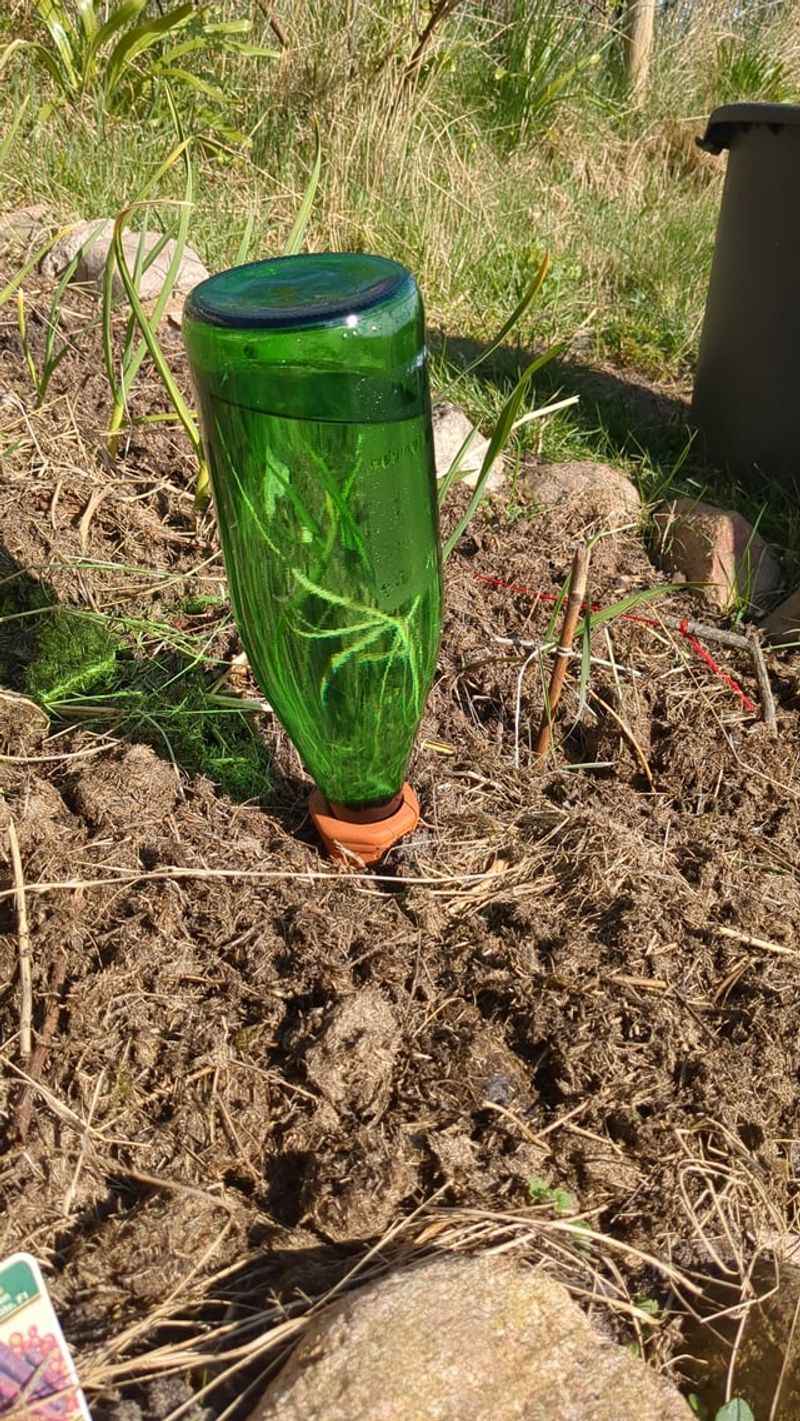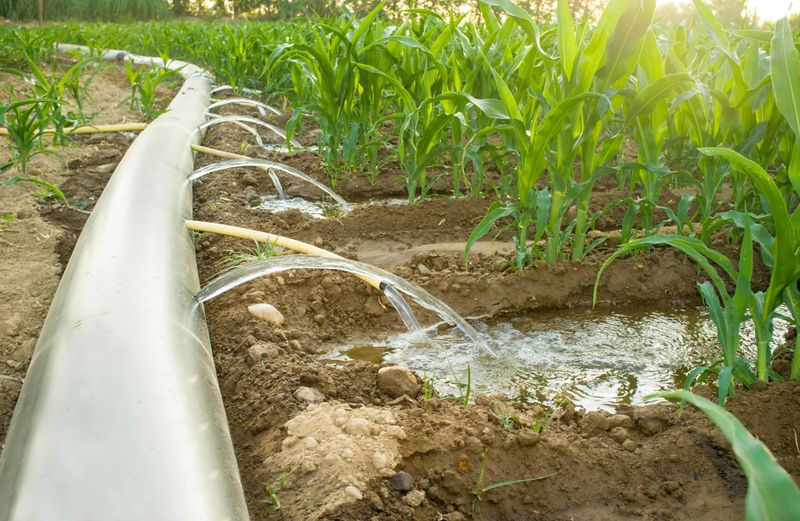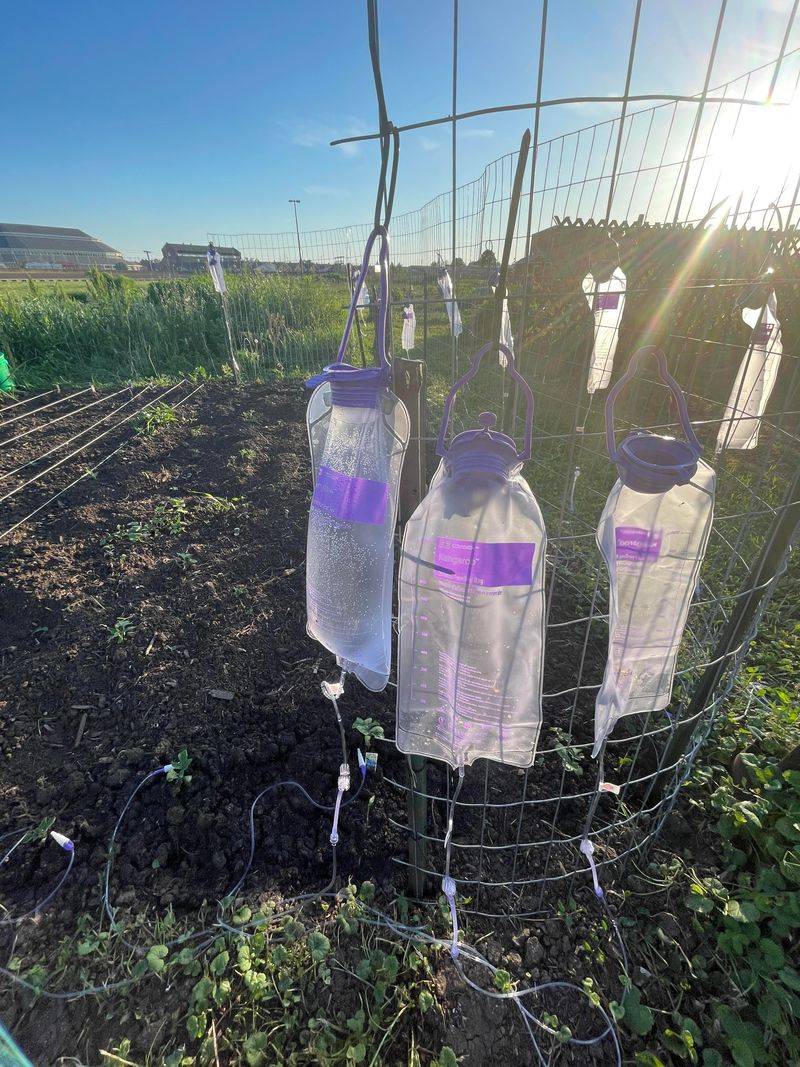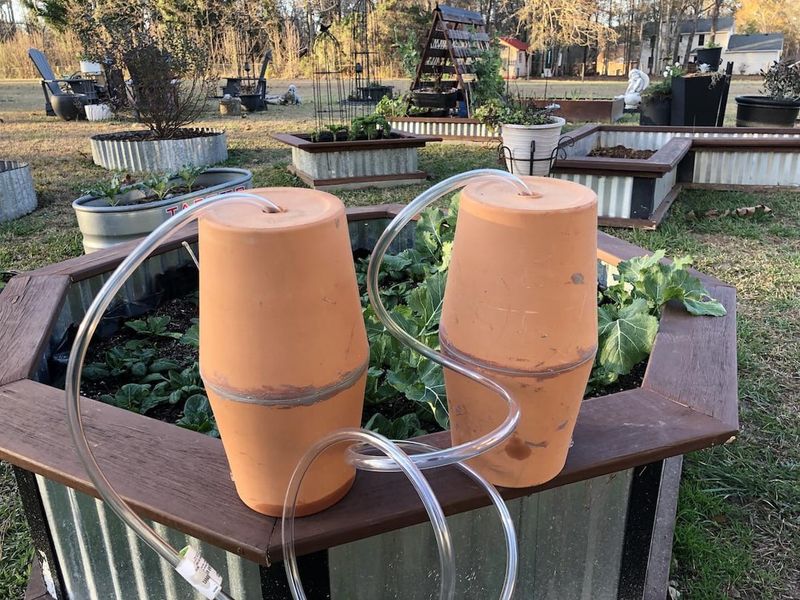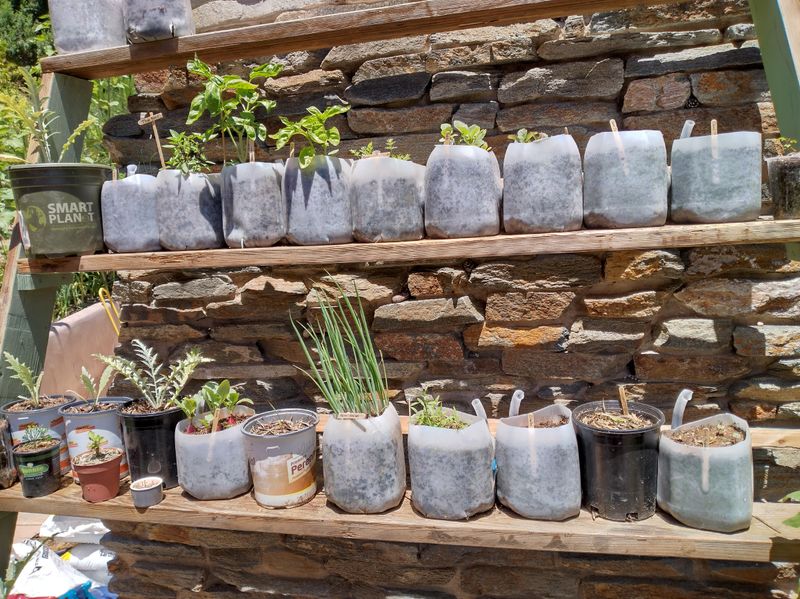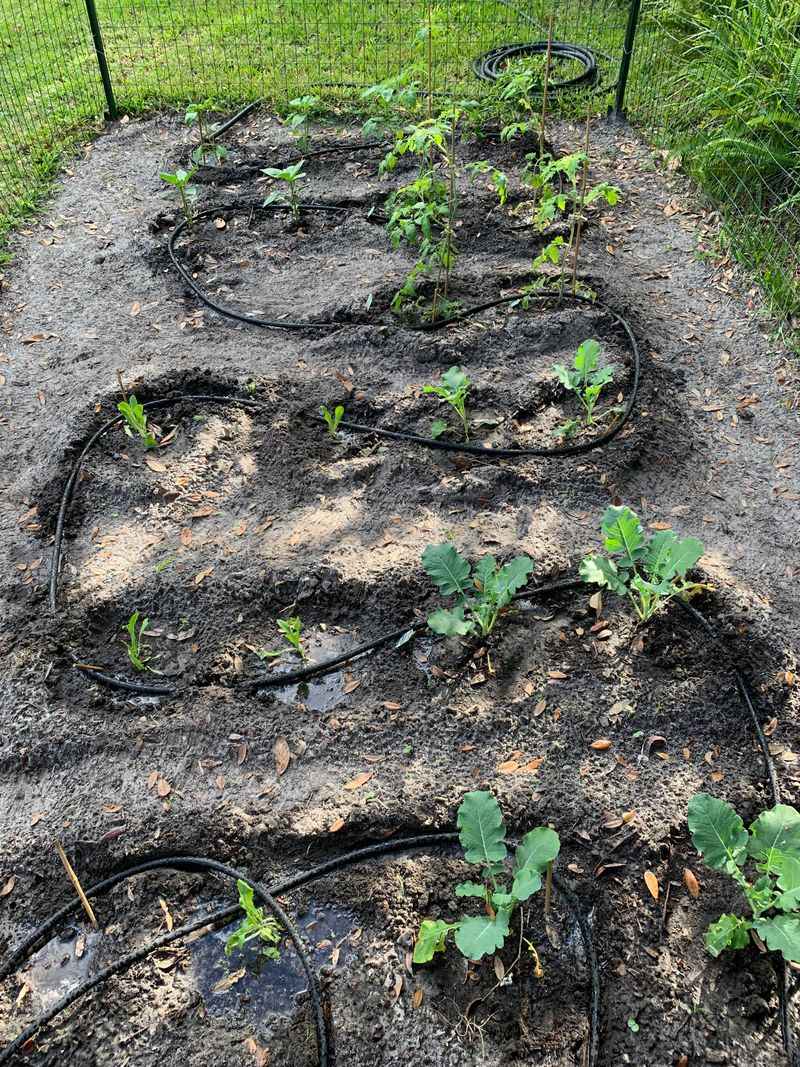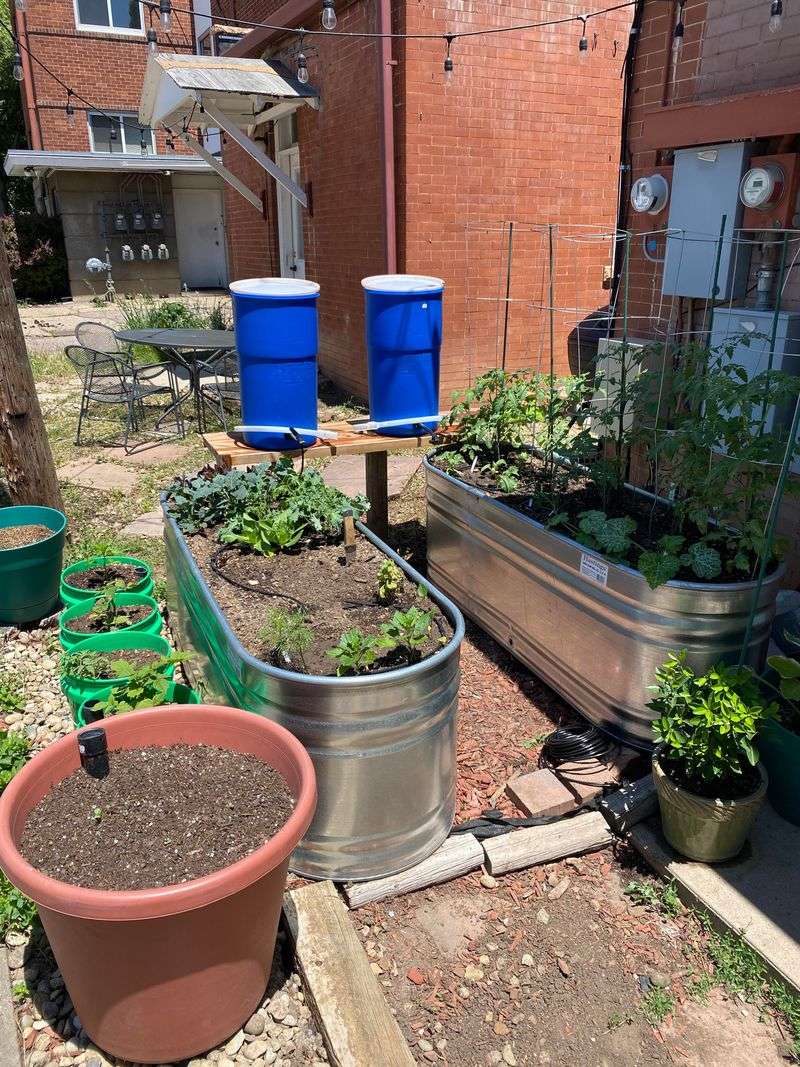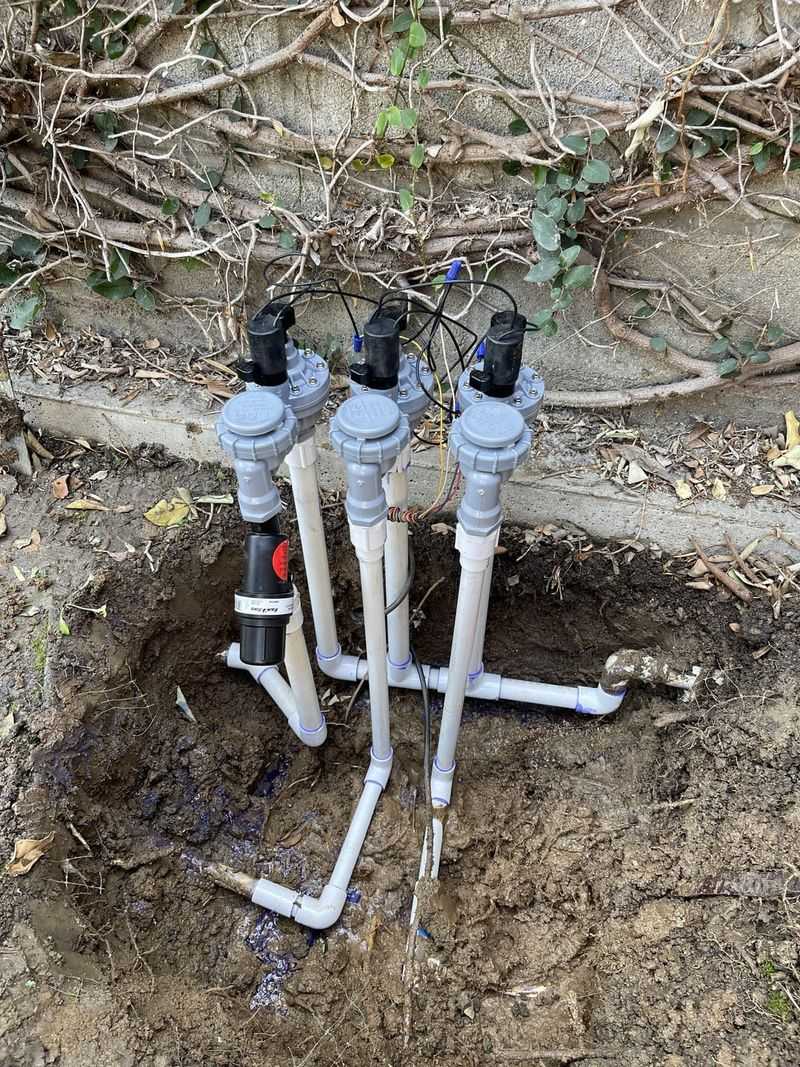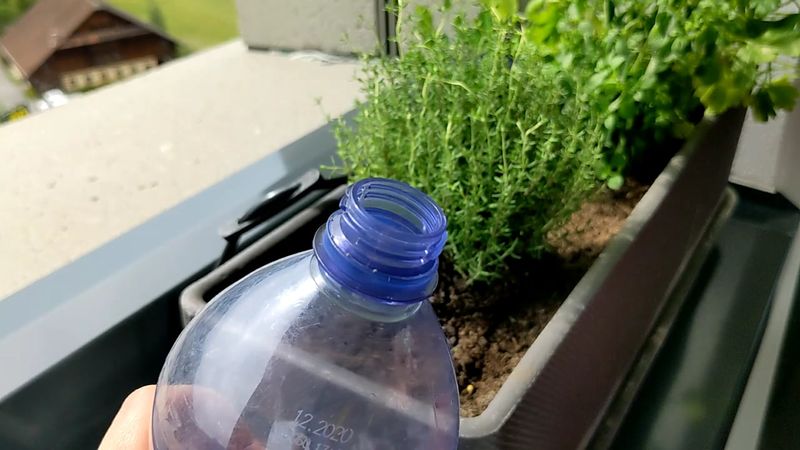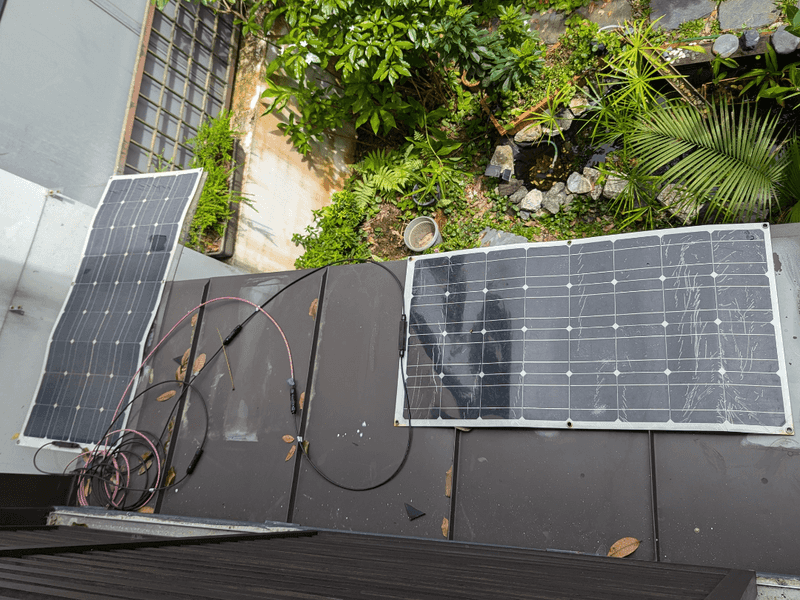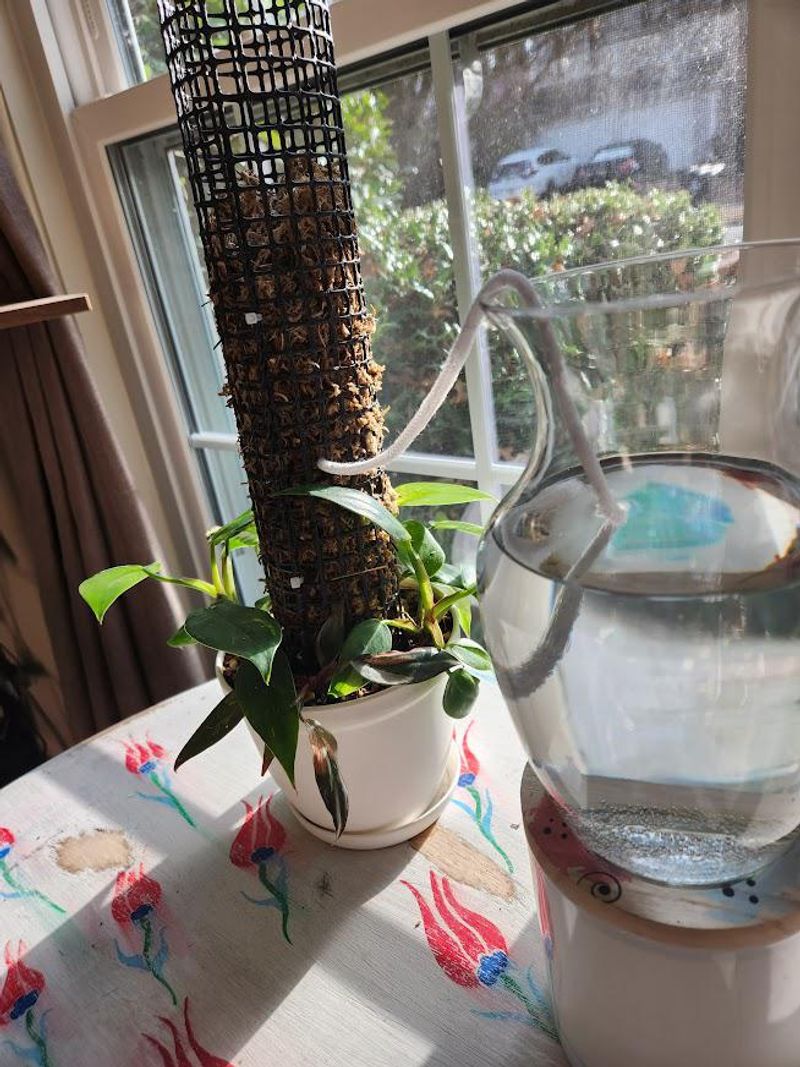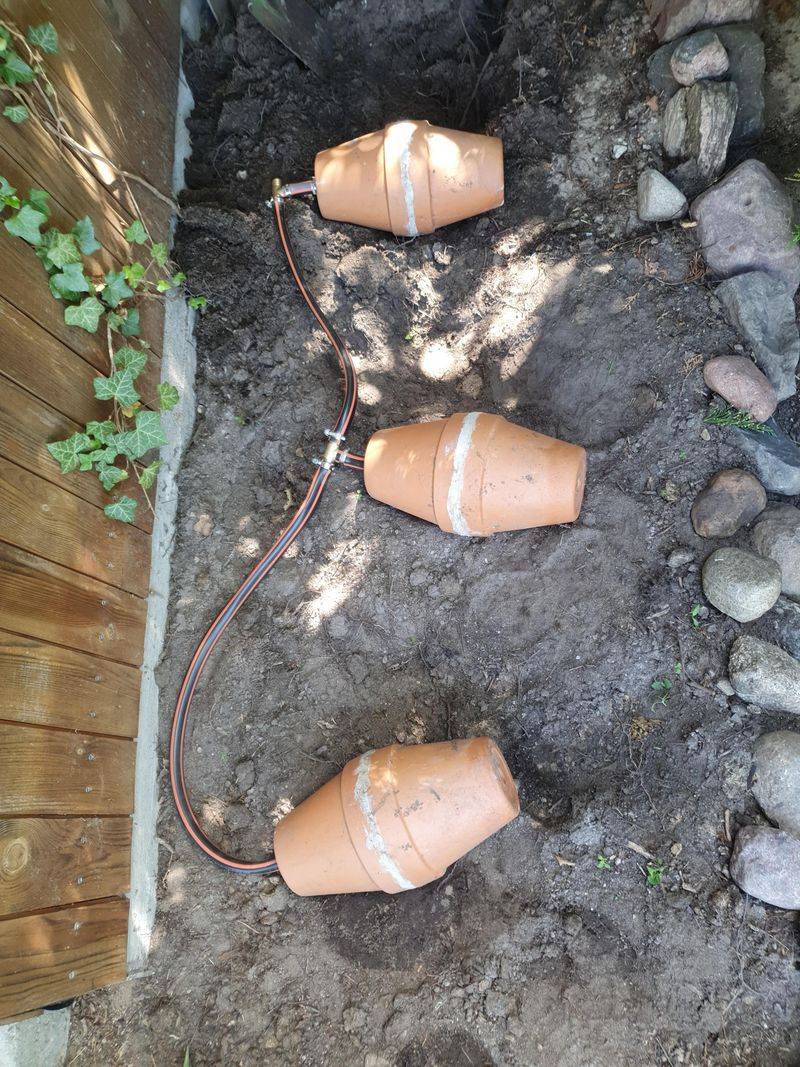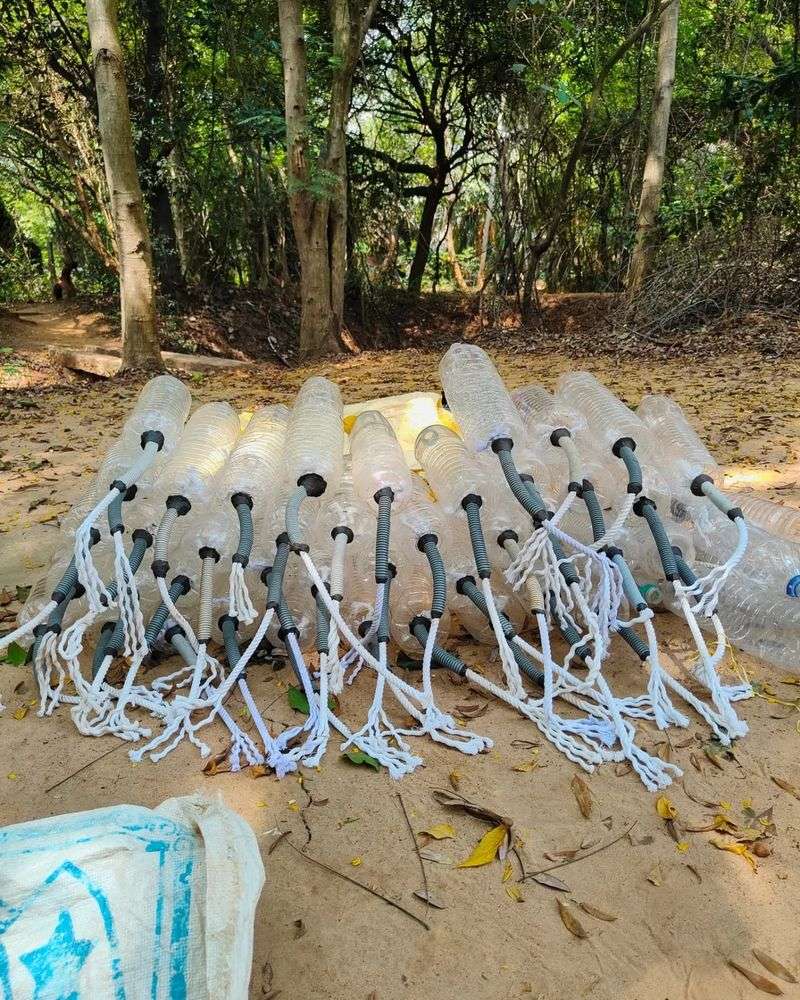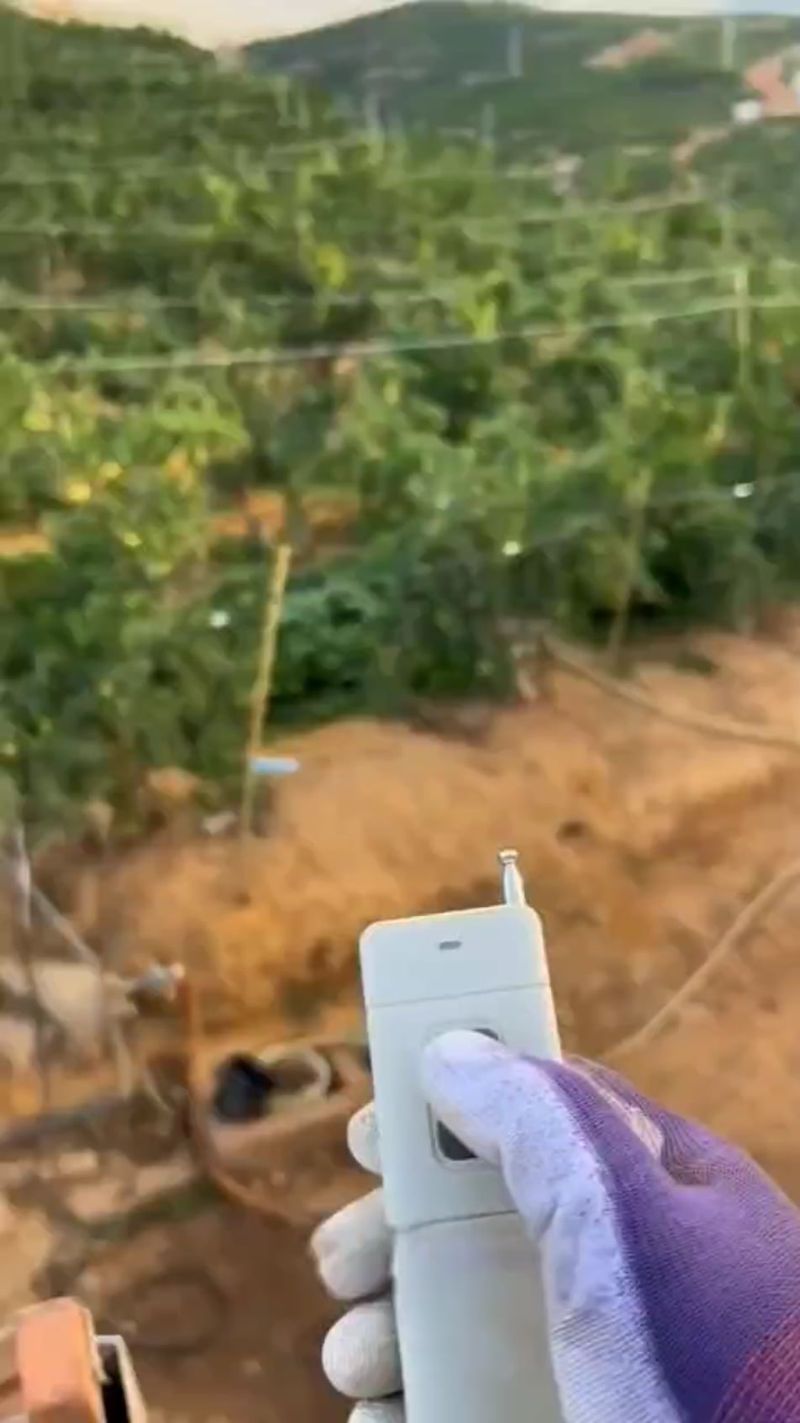Watering doesn’t have to be a daily chore—especially with a few smart tricks up your sleeve. I’ve tried all sorts of methods to keep my plants happy without spending hours with a hose.
These 15 irrigation hacks have saved me time, water, and even a few forgotten plants. From DIY setups to low-effort tools, they make watering feel almost automatic.
If you’re ready to let your garden handle itself a bit more, this list is a game changer.
1. Wine Bottle Drip System
Fill an empty wine bottle with water, then quickly flip it upside down into moist soil near your thirsty plants. The water releases slowly as the soil dries out, creating a self-regulating system that waters only when needed.
This method works great for container plants and small garden beds. One bottle typically lasts 2-3 days depending on weather conditions and soil type, making it perfect for weekend getaways.
2. PVC Pipe Sprinkler Grid
Create a customized watering grid using PVC pipes with small holes drilled along the length. Connect the system to your outdoor faucet with a timer, and position the pipes strategically throughout your garden beds.
Water sprays directly at the base of plants where it’s most needed. This setup eliminates hand watering and ensures even distribution, reducing water waste by delivering moisture precisely where your plants need it.
3. Plastic Bottle Drip Feeders
Poke tiny holes in the cap of a plastic bottle, fill it with water, and bury it cap-down next to your plants. The slow drip keeps soil consistently moist without waterlogging your precious greenery.
For larger areas, use multiple bottles spaced evenly throughout the bed. These recycled irrigators work especially well for tomatoes and other thirsty vegetables that need constant moisture to produce well.
4. Ollas Clay Pot Irrigation
Bury unglazed terracotta pots with their drainage holes plugged up to their necks in your garden beds. Fill them with water every few days, and the porous clay naturally releases moisture as the surrounding soil dries out.
Plants develop deeper, healthier root systems as they grow toward this consistent water source. This ancient technique uses up to 70% less water than traditional watering methods while delivering moisture directly to roots.
5. Self-Watering Milk Jug Greenhouse
Cut a plastic milk jug in half, poke holes in the bottom of the top section, and fill the bottom with water. Place the top half upside down inside the bottom, add soil, and plant your seedlings for an instant mini greenhouse.
The soil wicks moisture from the reservoir below, creating perfect growing conditions. This setup protects young plants while providing consistent moisture, making it ideal for starting seeds or nurturing delicate seedlings.
6. Soaker Hose Snake
Weave porous soaker hoses between plants in a snaking pattern throughout your garden beds. Connect to a faucet timer to automate the process completely, delivering water directly to the soil surface where it’s needed most.
Unlike sprinklers, soaker hoses minimize evaporation and prevent leaf diseases by keeping foliage dry. They work brilliantly for rows of vegetables or along flower beds, providing slow, deep watering that encourages strong roots.
7. Rain Barrel Gravity System
Position a rain barrel on elevated ground or a sturdy stand and connect it to perforated hoses that run downhill through your garden. The natural water pressure from gravity pulls water through the system without any electricity or pumps.
Rainwater is free of chemicals and perfect for sensitive plants. Installing a simple valve lets you control flow rate, while collecting runoff from your roof makes this an eco-friendly option that reduces water bills.
8. Wicking Bed Construction
Create a reservoir beneath your garden bed using plastic sheeting, gravel, and PVC pipes. Fill the bottom layer with water through vertical pipes, allowing moisture to wick upward through soil to plant roots.
Plants draw exactly what they need from below, eliminating guesswork about watering frequency. These beds can go weeks between refills during moderate weather, making them perfect for busy gardeners or vacation periods.
9. Timer-Controlled Drip System
Install a simple battery-operated timer on your outdoor faucet connected to drip irrigation lines. Program specific watering times and durations based on your plants’ needs and local weather patterns.
Modern timers offer multiple programs for different zones of your garden. Many newer models even connect to weather forecasts via WiFi, automatically adjusting schedules when rain is expected to prevent wasteful watering.
10. Inverted Soda Bottle Spikes
Attach plastic water spikes to the mouth of soda bottles filled with water. Insert these spikes into the soil near plants, allowing water to slowly release directly to the roots as needed.
The terracotta or plastic spikes regulate water flow based on soil moisture levels. One 2-liter bottle typically provides several days of hydration for medium-sized plants, making this perfect for container gardens or flower beds.
11. Solar-Powered Pump System
Connect a small solar panel to a water pump placed in a rain barrel or water reservoir. The sun powers the pump during daylight hours, sending water through drip lines to your garden without using household electricity.
The system naturally waters more on sunny days when plants need extra moisture. For consistent operation, add a small battery that stores excess energy for cloudy periods or evening watering sessions.
12. Mason Jar Dripper Stakes
Drill small holes in mason jar lids and attach them to irrigation stakes. Fill the jars with water, screw on the modified lids, and flip them upside down next to your plants for a decorative watering solution.
The clear glass lets you easily monitor water levels from a distance. For an extra touch, use blue or green vintage jars that add charming visual interest to your garden while providing consistent moisture to your plants.
13. Buried Clay Pot Network
Connect multiple buried clay pots with flexible tubing to create an underground irrigation network. Fill the system through a single access point, and let the porous clay distribute water evenly throughout your garden.
This hidden system eliminates surface evaporation almost entirely. The buried network encourages deep root growth while keeping the garden surface dry, which significantly reduces weed growth and conserves precious water resources.
14. Rope Wick Irrigation
Thread cotton or nylon rope through holes in the bottom of a water-filled bucket elevated above your plants. Lay the dangling rope ends near plant bases, allowing capillary action to pull moisture to your plants.
The rope delivers water at a steady rate depending on its thickness and material. This simple solution works wonderfully for container gardens on balconies or patios, using minimal materials while providing consistent moisture for days.
15. Humidity Sensor Automation
Install soil moisture sensors connected to an electronic valve on your water line. Program the system to activate irrigation only when soil moisture drops below specific thresholds for different plant zones.
Modern sensors can connect to smartphone apps for monitoring and adjustments from anywhere. This high-tech approach eliminates both under-watering and over-watering by responding to actual soil conditions rather than rigid schedules.

